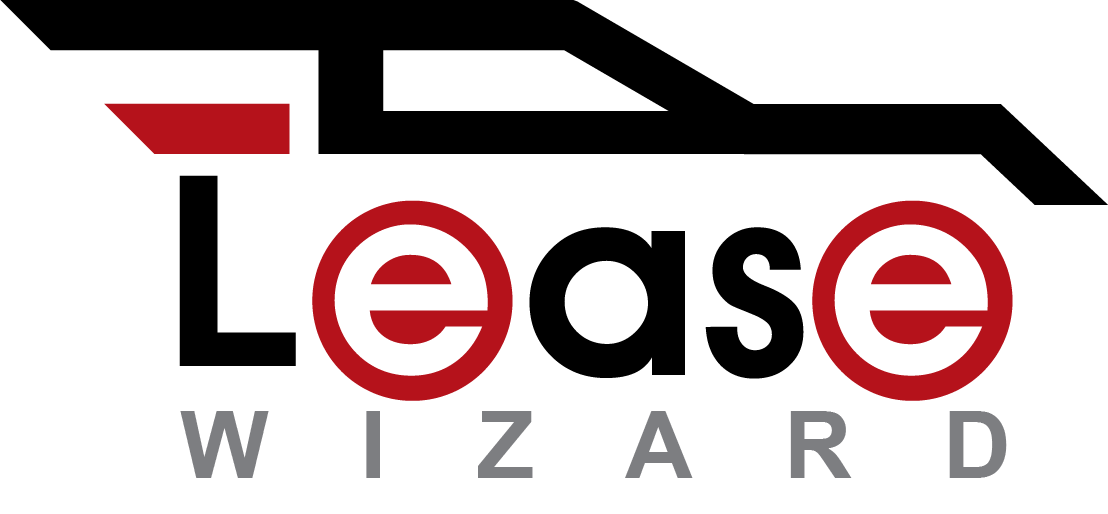**This post contains affiliate links and the publisher may be compensated if you make a purchase after clicking on these links.**
You may see a lease referred to an “open-ended” or “closed-ended”, if you do it’s likely to be in the fine print, legalese, or wherever the dealer/manufacturer/lessor has put some important but confusing details they hope you won’t read. Even worse, maybe the advertiser won’t put it in the fine print but puts “open-ended lease” or “closed-ended lease” in big print next to some out of this world offer – how do you know whether it’s a good deal or not?
What’s the Difference Between Open-ended and Closed-ended leases?
In short, in an open-ended lease the lessee is the one on the hook if the actual value at the end of the lease is below the residual value set at lease inception, and in a closed-ended lease it is the lessor. Usually, your contract will be a close-ended lease, but it’s still important to know the difference and know that is what your getting so that when your lease is over, you’re not surprised with outlandish fees to pay. Lease Wizard has focused only on the closed-ended lease to date, but you shouldn’t just assume your lease agreement is closed-ended.
In a closed-ended lease the residual value of the car stated in your lease at signing is firm, and if there is a difference between the predetermined residual value and the fair market value of the car at the end of your lease, the lessor takes the hit and you will not be responsible for paying the difference. If the residual value is lower than estimated due to going over the mileage allowance, or abusive driving practices, you will still pay fees as they are signed out in your contract, but any difference in value that may still remain is not your responsibility.
An open-ended lease is generally used for commercial business leasing, and is sometimes seen in other high-risk leases, such as for motorcycles. This type of lease means that you, the lessee, are responsible for the difference between the estimated residual value of the leased vehicle and its true market value when it’s time to turn the car in. Open-ended leases will usually allow for an annual mileage allowance greater than the average 12,000 miles of a typical lease, and the residual value may be set as being lower than it would for a close-ended lease, but this may mean a much higher monthly payment. These leases almost always work in favor of the lessor, and you as the lessee will likely owe a significant amount of money when the car is returned.
For a variety of reasons almost all leases offered to consumers in the U.S. are closed-ended. To highlight just a few of those reasons – taxes could become more complex as any difference between the residual value and market value could be either “use” subject to use tax (or a request for a credit for too much tax paid), and another reason is that dealers and manufacturers know it isn’t good for business and having a well-renown brand if the customer shows up to return their leased vehicle and they need to ask for several thousand dollars because of a weak market for their cars.
In theory, a person that leases regularly every 2-4 years, always starting a new lease as the old one expires would break-even in the long-term with a series of open-ended leases. When the residual was set too low they could profit by getting the benefit of the higher market value, but they will likely have less negotiating leverage on their new vehicle (because it’s a seller’s market) so they will likely pay a higher price, and conversely if the consumer got stung by paying to settle up on an expiring lease because the residual value was set too high, he or she would likely also get a great deal on the new vehicle lease because it is presumably a weaker market where the consumers have leverage. However, like a lot of things that are good (or at least fair) in theory, in practice the consumer would risk having a down market that forces them to pay substantial amount of money when they can least afford it, and even a person that does a 3-year lease repeatedly from the time they are 30 until they are 75 would still lease just 15 cars – not a big enough sample to ensure they don’t suffer more than they are advantaged by the deal. Also, saying open-ended leases can be equally fair in the long-term assumes that in an open-ended lease the consumer pays a smaller acquisition fee and no disposition fee – both are used by lessors to reduce their risk of being wrong on the residual value. So if there is a lease without either of these fees, just make sure you find out if it’s an open or closed-end lease.
The long-term impact of the “profits” from high market values offset by “losses” from low market values is a main reason that open-ended leasing works well enough for businesses, but is not common in the U.S. and generally not in the consumer’s interest. It doesn’t mean it’s never a good decision to get an open-ended lease (if one is offered), but it’s important to understand the difference between them, and if you are offered an open-ended lease, be sure that
1) the deal is much better for you than a comparable closed-ended lease, and
2) you know how you would pay any difference at the end BEFORE you sign the papers!
Next Article: “Win on Sunday, Sell on Monday”
Previous Article: “The Penske File”

[…] Next Article: “Open-ended vs. Closed-ended Leases” […]